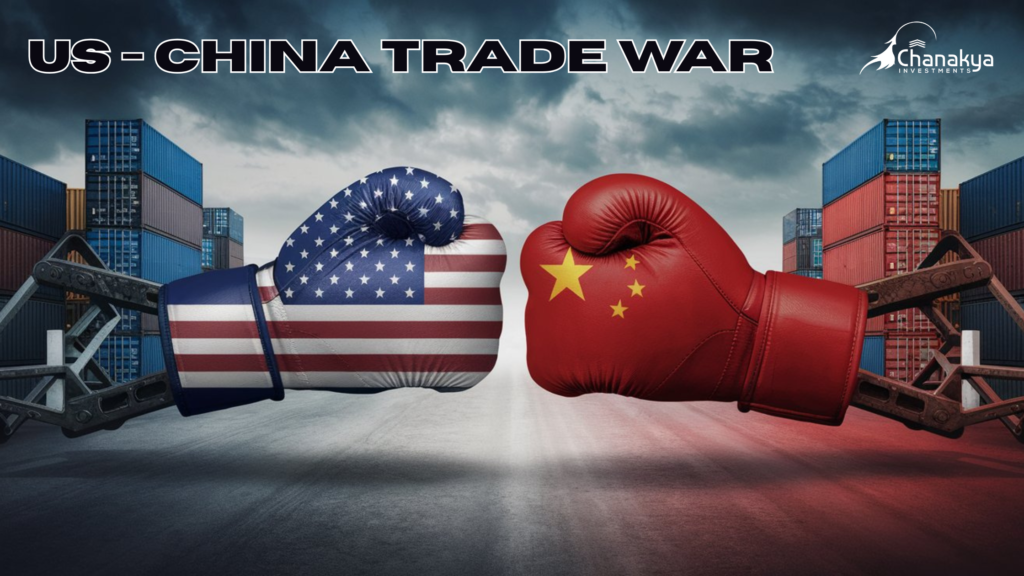
Say your favorite gadget suddenly becomes more than twice as expensive. This could be the possible impact of new tariffs on Chinese goods. These days, the US government imposes tariffs of as high as 245% on certain goods coming in from China. The products on which tariffs apply cover a wide range, thus shaking up the economy. This article will discuss why these tariffs come to be and what possible effects they might have on you. From there, we will provide concrete steps to assist you in navigating this changing trade environment.
The 245% Tariff on Chinese Imports Explained
Tariff refers to a tax charged on goods imported into a country. The import taxes increase the cost of imported goods. This could change where people buy products and how much they spend on them. What does a 245% tariff look like, and why is it coming to pass?
What Are Tariffs, and How Do They Work?
Tariffs are sort of like taxes on imports, so, for example, if a product costs $10 to import, then a 10 percent tariff would put $1 on that price so now it would cost $11. This way, consumers are paying more for imported goods.
Which Chinese Products Are Affected?
The 245% tariffs do not apply to all Chinese products. It is sector-specific: steel, aluminum, and some manufactured goods. There could be exemptions for certain tech components, which are the details you want to know about.
The Legal Basis for Raising the Tariff
These tariffs are normally legally justified. The US government uses claims of unfair trade practices. The Trade Act of 1974, Section 301 exists, which is the most often quoted justification.
The Reasons Behind the Tariff Hike
There are reasons that enable the setting of very high tariffs on imports. These reasons range from matters of economic disorder to national security. The core reasons will be discussed below.
Imbalance in Trade and Economic Compulsion
More often than not, the USA imports a lot more from China than it exports. This creates an imbalance in trade. Tariffs are directed toward closing this gap and stimulating domestic production in the USA. Is this a fair mechanism to bring about a level-playing field?
Protection of Industries
Tariffs can help protect American companies from cheaper foreign competition. The steel and automotive industries would probably benefit from this. This protectionism aims specifically at American job creation.
National Security Reasons
Some tariffs are imposed to protect national security. Issues related to technology theft and control are frequently quoted. Possibly to insulate sensitive industries from foreign influence.
Impact on American Businesses
These tariffs have a wide-ranging impact on American businesses, both large and small. Tariffs affect costs, supply chains, and competitive advantages. Let us look at some specific effects.
Higher Costs for Importers
Importers from China will be facing higher costs. A 245% tariff raises the price significantly. Importers may need to change suppliers or raise their prices.
Possible Supply Chain Disruptions
The supply chain can be disrupted. New sourcing requires time and money. Companies need to have strategies in place to avert these disruptions. What strategies can a business employ?
Domestic Manufacturers’ Consequence
American manufacturers might suddenly find themselves with opportunities. Imported goods are now more expensive, giving a price advantage to domestic manufacturers. This may help the growth of the US-based industry.
Impact on Consumers
Tariffs are finally able to sway what consumers pay and what they can actually buy. The price hike will also mean fewer choices for the consumer. How does that impact your own pocketbook?
Higher Prices for Goods
Tariffs make prices go up. If companies must pay more to import goods, then those costs are passed down to consumers. It means further inflationary increases for goods sold in the U.S., like clothing or electronics.
Reduced Choices and Availability
In some cases, certain products will simply become harder to find. A company might cease importing one product altogether because of tariffs or other costs. This translates into fewer choices for you as a consumer.
Strategies for Navigating the Tariff Landscape
Companies and consumers alike can take steps to counter these tariffs. Good planning and information can lessen the loss. The following methodologies could be considered.
Diversification of Supply and Market
Companies should consider suppliers from either the region or other countries. Looking at other markets will also lessen dependence on China. This diversification creates resilience.
Negotiating Prices and Contracts
Negotiate for better prices with existing suppliers. Review contracts on the basis of tariffs. Seek ways to lower costs and sustain profits.
Assistance from the Government
There are different types of resources available for businesses. Programs funded by the government, plus industry bodies can be sources of assistance for the company. Examine such options for support to navigate the changes.
Conclusion
The 245% tariff on certain imports from China has significant import. It affects businesses, consumers, and the economy as a whole. By keeping abreast of relevant developments and taking positive steps, the impact of these tariffs can be further mitigated. Be up to date on recent information and adjust your strategy accordingly.
